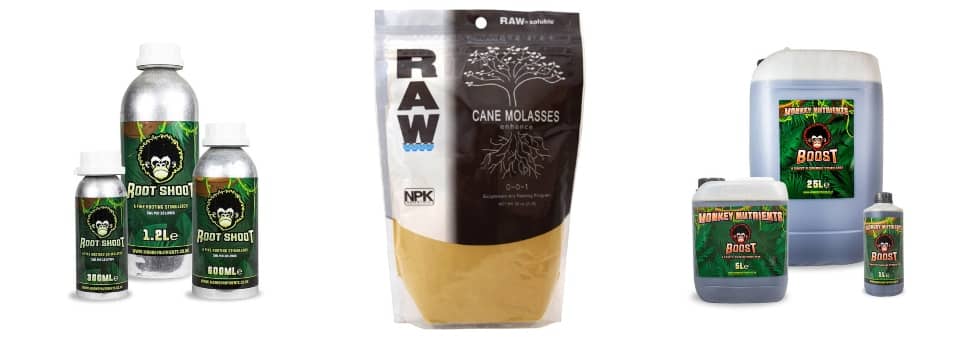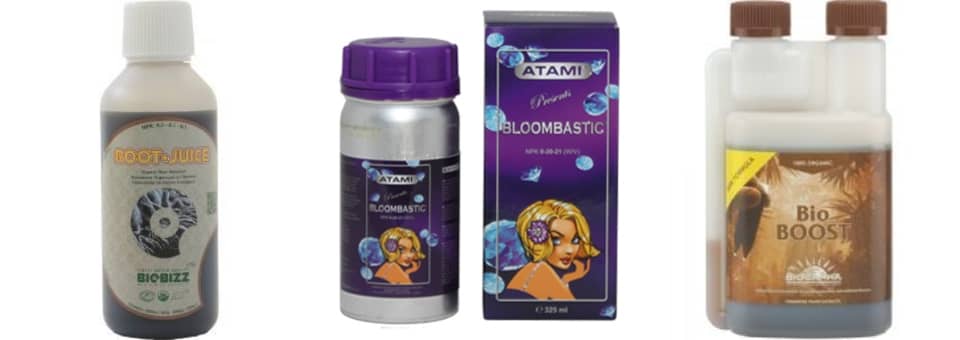5 Ways to Grow Massive Plants
Roots, Medium, Molasses, Nutrients and...... Training!
Plenty of options are worth taking into account to grow plants efficiently. Here are 5 of the best methods for big plants and big yields....
Bigger Roots equals Bigger Fruits
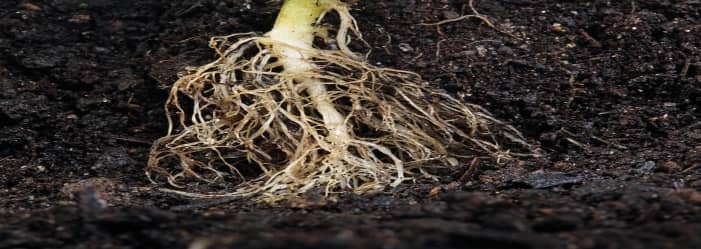
The roots are not always taken into account because they are out of sight so often out of mind. However, the network of root hairs work in collaboration with the beneficial bacteria and a bigger root enables the plant to feed more effectively. The beneficial bacteria breaks the nutrients in the medium and the food into smaller sized particles that are easier for the plant to absorb.
A fantastic plant root nutrient is derived from seaweed. Containing natural growth regulators and cytokinins they promote the growth of large roots. Felt pots, often known as dirt pots are also great as they allow the roots to breathe. The roots will extend, enlarge the root zone and naturally prune themselves.
Growth Medium
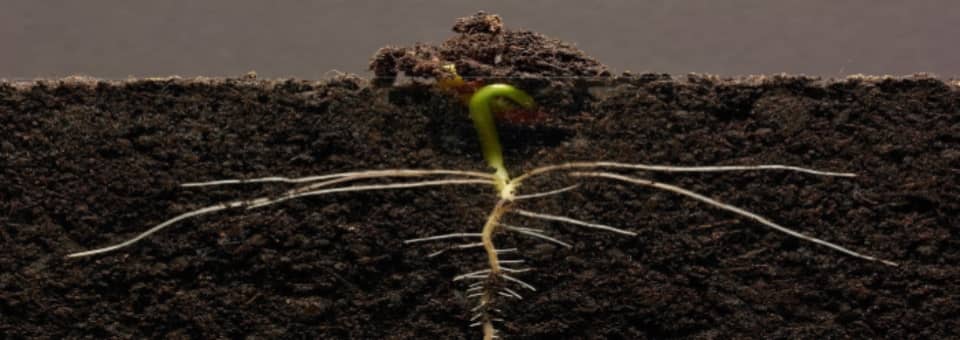
The growth medium effectively contains all of the building blocks for the roots to absorb the plant's food supply and it is worth considering a light and airy medium that has good water retention properties. Consider both the texture and the nutrition when choosing this.
Molasses
Plants use sugar and convert it into energy. Molasses are pressed sugar cane that has a shiny, dark and thick texture and is also rich in carbon mineral along with the residual sugars. The minerals also include calcium and potassium which help your plants to grow strong cell walls to defend against fungus and insects. The carbon is what the beneficial bacteria will feed on.
Adding molasses will substantially increase the fruit and vegetables' final weight.
Nutrients
There are effectively two types of nutrients, micro and macro, that have a big impact on the metabolism and structure of your plants. Micro elements are the most commonly known and consist of potassium, phosphorus and nitrogen.
There are also trace elements, also known as macro, that need to be available for the molecular level of plant growth. Tace elements include copper, sulphur, manganese, sodium, zinc, boron, magnesium and calcium.
For the most abundant plant growth, make sure that all nutrients are available with a nice and healthy balance of levels.
Train Your Plants!
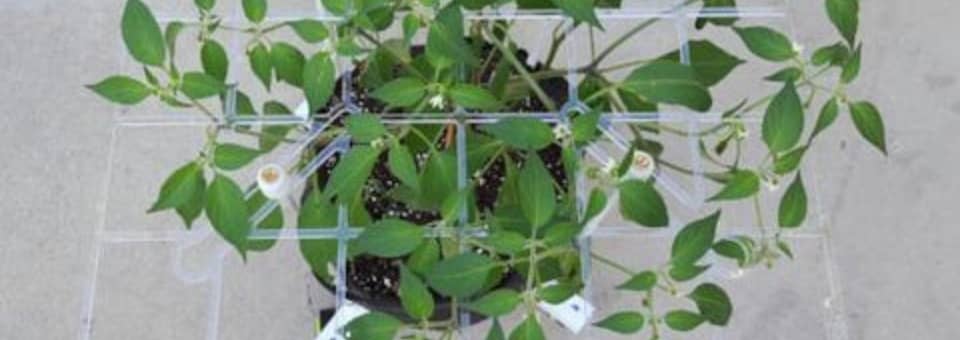
There are two techniques of plant training known as low stress and high stress.
The low stress method involves tying the plant down with string. The results in multiple main shoots growing from the top of the canopy so the canopy is growing bushy and wide. Another method is to pinch the tops of the grow tips which allows new shoots to develop.
High stress is slightly more complicated. It involves snapping the cell walls and can be done with the fingertips until a 'pop' sound is heard. This means the inner cell walls will self-repair, leaving a knuckle where the snap took place. It is also known as super cropping and the plant will provide a natural growth hormone throughout itself to repair the breaks.
So..... this is an overview of the things to consider and taking them all into account will help and support a strong and healthy growth.

